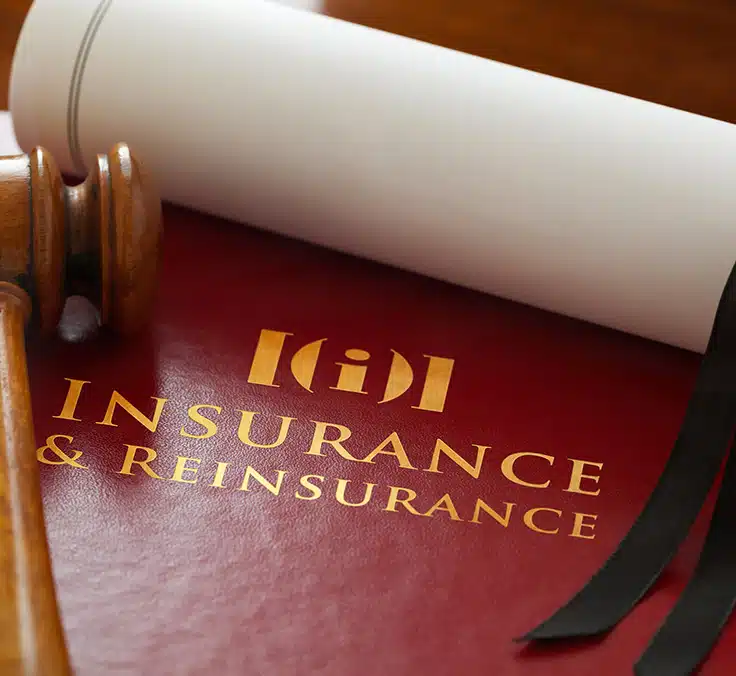ECONOMY | 12.17.2024
What are catastrophe bonds?
MAPFRE RE, MAPFRE’s reinsurance unit, has promoted the issuance of a catastrophe bond, with the aim of improving its retrocession protection. But what is a catastrophe bond?
Catastrophe bonds are financial instruments used to transfer risk from the insurance industry to other investors. Created in the late 1990s, they are already very common in some specific sectors of the insurance and reinsurance industry, and they represent an additional and complementary reinsurance protection alternative for insurance companies
It is also an appealing investment option for large investors in the capital markets, who—without the need to establish an insurance vehicle—can obtain attractive returns.
In this specific case, the bond provides coverage for the growth of a U.S. portfolio tied to tropical storms and severe hurricanes in the region.
How do they work?
These vehicles can take shape as reinsurance protection or retrocession protection. In the case of the bond recently promoted by MAPFRE RE, it has taken the form of retrocession, which means that investors assume part of the catastrophic risk protected by that bond.
The bond sponsor—the ultimate beneficiary in the event of a covered loss—enters into a reinsurance contract with the bond’s issuing vehicle. This vehicle then places the bond on the capital markets, reaching out to various investors.
The bond’s principal represents the purchased protection, which the investor deposits as collateral for the duration of the contract, typically on an annually renewable basis. During this time, the investor will receive the financial returns from that deposit, and in addition the payment for the additional risk assumed, a coupon equivalent to the premium in a traditional reinsurance coverage.
The bond’s principal will be reduced in the event of a protected event, in accordance with the conditions previously agreed upon in the creation of the vehicle. Unlike traditional coverage, this protection is typically triggered (i.e., paid out) based on predefined “triggers” that are not solely dependent on the losses incurred by the sponsor in their insurance/reinsurance portfolio.
These triggers are usually tied to objective parameters, measured by independent, agreed-upon, and verified agencies. The classic example is a hurricane impacting the East Coast of the United States, causing industry-wide insurance losses (industry loss) exceeding X billion dollars. That total impact amount is certified by an independent, pre-agreed verification agency, which, regardless of how the impact is distributed among insurers, estimates the aggregate total cost of the event for the insurance industry.
These bonds normally need to meet a dual condition: firstly, that the industry loss exceeds the pre-set threshold, according to the verification agency; secondly, it requires the sponsor to have also suffered some damage to its insured portfolio by the same event.
Catastrophe bonds are typically used to cover named hazards, generally hurricanes and/or earthquakes (i.e., they are not all-risk coverages applicable to any event). They predominantly provide capacity for territories where widely recognized damage assessment agencies operate and where tools for catastrophic risk modeling are more advanced.
More than 85% of these bonds cover some kind of natural phenomena occurring in the United States, followed in size by those covering Europe or Japan. For the sponsor, this expands the pool of potential providers of capacity and protection beyond the traditional reinsurance and retrocession markets, with very limited credit risk since the principal is fully collateralized. In addition, those with a specific activation condition (trigger) based on a predetermined industry loss amount are activated and executed in a straightforward and swift manner.
The potential inconvenience for the bond sponsor is what is called base risk: catastrophic events could occur that do not have a high correlation between the damage suffered in the sponsor’s portfolio and the recovery actually generated by the bond. Given that the recovery is determined by the cost of the event for the entire insurance industry, if this aggregate cost does not exceed the bond activation threshold, the sponsor would not receive funds from it, even if it had been particularly affected by the catastrophic event in its portfolio. Therefore, it is very important to use catastrophe risk estimation tools in the bond construction phase to try to ensure that coverage activation parameters are as correlated as possible with the risk actually assumed.
For capital market investors, catastrophe bonds offer an opportunity to work with alternative assets that are uncorrelated with their main investment portfolios, providing potentially attractive returns. The use of triggers such as industry loss, along with the limitation of covered territories and hazards to those with reliable modeling data, creates a very homogeneous and relatively straightforward universe to analyze, thus facilitating transactions.
In recent years, the increase in capacity offered by these instruments has been significant, and while they can complement, they do not replace the traditional reinsurance capacity available in the international market.
RELATED ARTICLES:



